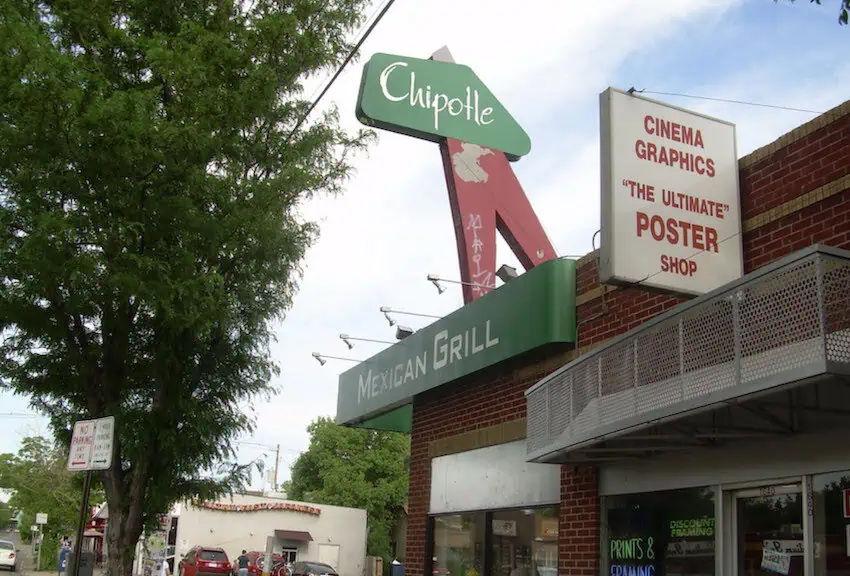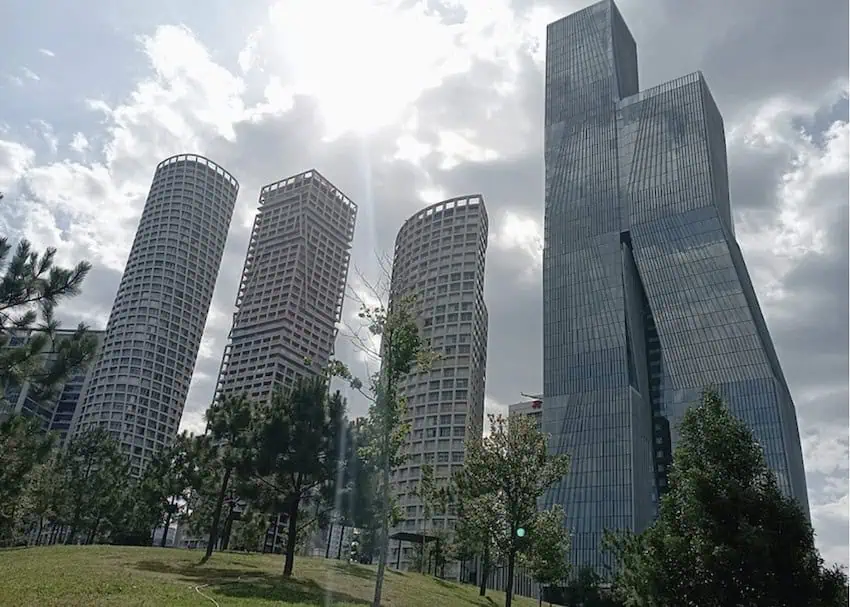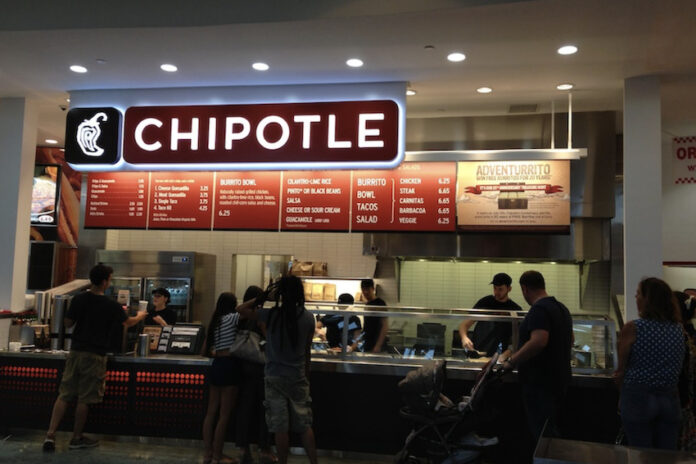The Chipotle fever is real. Founded in 1993 in Denver, Colorado, the brand quickly gained recognition across the United States for its “classically-cooked real food,” (at least according to the company’s current Chief Business Development Officer, Nate Lawton.) And how could they not? Chipotle Mexican Grill is not Taco Bell. You don’t get the dreaded ‘taco shells’ — sacrilege to a Mexican native palate — or non-spicy guacamole. It kind of tastes real.
Today a multinational chain, with stores from the United Kingdom to Kuwait, the company runs at least 3,700 locations worldwide, as per their most recent count. Now, the beloved U.S. grill is aiming to introduce the ‘Chipotle fever’ to Mexico.

Partnering with Alsea, the Mexican corporation that operates Burger King, Starbucks and other fast food brands, Chipotle is confident that “[Mexico’s] familiarity with our ingredients and affinity for fresh food make it an attractive growth market for our company,” as they wrote last week in a statement.
Scheduled for early 2026, the first store is thought to be opening in Mexico City. The company, however, has not yet revealed the official location. And yes, the announcement has created high expectations in Mexico. Even the newspaper El Economista recently described the brand as “[the restaurant] that reinvented Mexican food.”
Given that our cuisine is the product of thousands of years of Prehispanic heritage, merged with the Spanish influence in the Colonial era, this might come as a little bit of a stretch.
Are Mexicans really crazy for Chipotle Mexican Grill?
Chipotle Mexican Grill is not Mexican at all. It is a Mexican-inspired restaurant. And we, Mexicans, take great pride in our street food. Lawton was right when he recently said that Mexico has “affinity for fresh food”. We love our freshly prepared salsa and recently handmade tortillas. When we think of having tacos — or burritos, in the northern states — we certainly do not think of dining at a grill.
On the contrary, we think of more accessible alternatives. Even before the UNESCO included our cuisine in the List of the Intangible Cultural Heritage of Humanity in 2010, we already held carnes asadas in the north, and continued to visit our maestros parrilleros, with their regional particularities. They are often budget-friendly, fresh and close to our palates.

Why, then, does a fast food company from the U.S. create such expectations in the Mexican market? My guess is that we are curious: as curious as we were about the opening of the first Shake Shack, back in 2019. People were eager to see what they had to offer. When we realized a burger was over 250 pesos, the idea of dining at Shake Shack became a lot less interesting. A similar phenomenon was seen with Wendy’s and Tim Hortons, that simply went out of fashion — and business, in the case of Wendy’s — when the novelty wore off.
It is interesting, though, that restaurants that are regarded as not-so-pricey options in the U.S. choose high-end locations in the main cities in Mexico. To this day, Shake Shack has stores in Reforma Avenue, Santa Fe and other A+ neighborhoods. It’s hard to imagine local people in Mexico City getting in their cars and driving through traffic with the sole intention of going to Chipotle Mexican Grill, honestly. I simply can’t picture a family driving all the way to Santa Fe regularly to have a burrito bowl.
“Chipotle is committed to making its food more accessible to everyone,” the company announced in a recent press release. Even though this might be true, will the Chipotle’s prices be comparable to those of local market stalls or trusted street puestos? Will they offer the freshness of the meat of the day, which we appreciate in Mexico from our maestros parrilleros? Hardly.
Andrea Fischer contributes to the features desk at Mexico News Daily. She has edited and written for National Geographic en Español and Muy Interesante México, and continues to be an advocate for anything that screams science. Or yoga. Or both.
